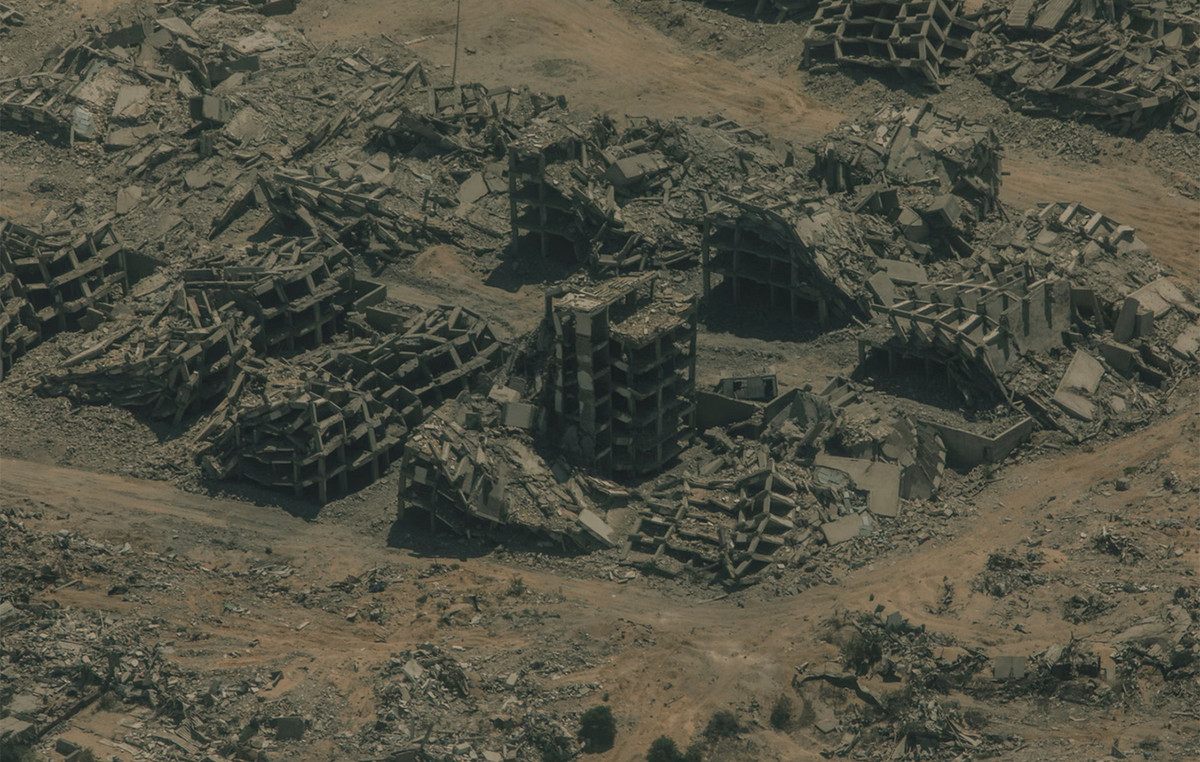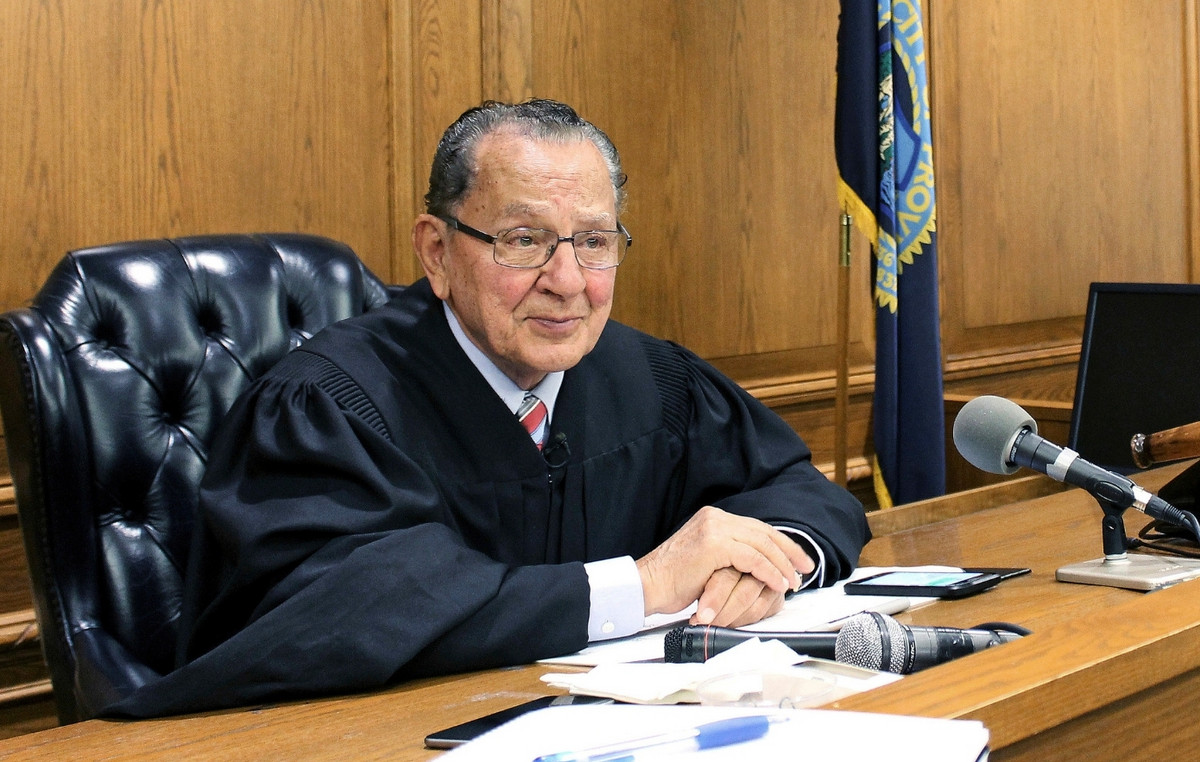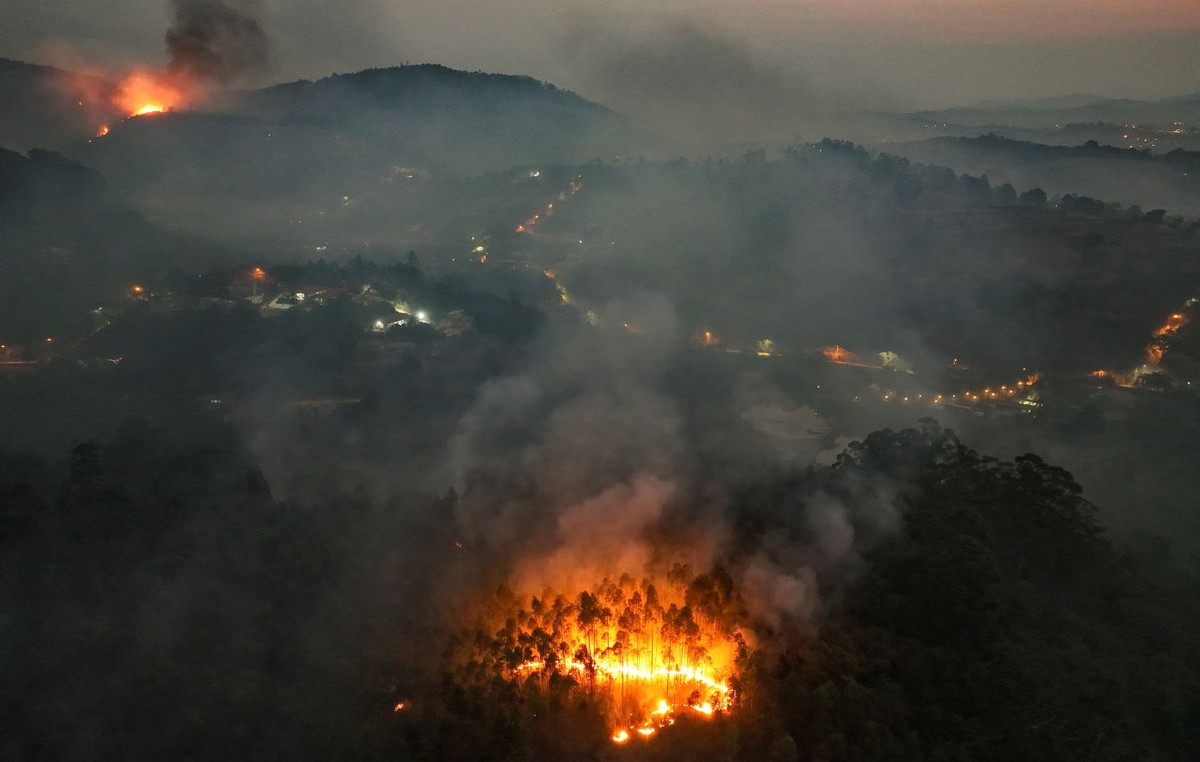By Rachel Sanderson
Rome’s hotter-than-usual summer has sparked a political firestorm. Mario Draghi grew tired of the discord in his “national unity” government and tendered his resignation. It was not accepted, but Draghi’s impulse was correct. It is time for Italy to go to the polls and consider a future without the former European Central Bank boss as prime minister.
Draghi had been put in charge of a cross-party government with a very specific mandate in February 2021. He was to vaccinate Italy and then secure 260 billion euros from the European Union’s post-pandemic funds. It was an unthinkable task for a technocrat who had never been elected to any office – even if he is famously credited with saving the euro by promising to do “whatever it takes” in 2012.
But those goals have now been met – and he has long since left them behind. His unity government, spanning the hard-right “Lega” and the populist “Five Star Movement” online phenomenon to the traditional center-left, was not created to deal with today’s challenges: Galloping inflation, the energy crisis, war in Europe and an impending winter of discontent with a high probability of social unrest. Against this backdrop, it’s no surprise that Draghi’s reform plans have been floundering for months, repeatedly pushing for adoption through confidence votes. Unseen alliances between political parties around ties to Russia add to the instability. Draghi’s failure in January to secure parliamentary support for the presidency made clear the rough ground he is on. His government cannot govern if it is consumed by internal trench warfare.
By tendering his resignation to President Sergio Mattarella last week, Draghi sparked a new political crisis in Rome. Mattarella rejected the resignation, but Draghi’s frustration is understandable. There are limits to the so-called “servant of the state” model – part of the Italian political tradition it embodies. It makes no sense for Draghi to undermine his clout, so valuable to him and to Italy and Europe, in a government that doesn’t work.
It’s a view shared by people in the business community I’ve spoken to in recent weeks, who are grappling with the impact of the rising cost of refinancing Italy’s alarming sovereign debt of around 150% of its GDP. Renato Mason, a businessman in Veneto, Italy’s manufacturing powerhouse, told me last week and before the latest crisis in Rome that political views within the coalition are too divergent to provide effective leadership in the face of today’s dangers.
Hindsight is always right, but the risk of Draghi resigning has been on the horizon since the former ECB boss decided to lead a unity government a year after the pandemic.
In the early days of his administration I spoke to a PR specialist who had privately advised Draghi during his time at the ECB (hence the anonymity here), who told me how important it was to get his application off to a good start of Italy for funds after the pandemic. Once that was done, Draghi’s stay was much less important.
Despite my skepticism about this position at the time, it seems clear to me now. Recovery Fund funds and related policies in Italy are now locked in until 2026. The terms for disbursing the funds mean that Brussels (and Berlin) will keep a grip on Italy: Any politicians in the Palazzo Chigi will want to keep the money flowing. Crucially, Draghi has also placed officials in public services to ensure their smooth running.
And democracy in Italy demands its defense. It’s time for Italians to vote again. At the latest, it should be done by the spring of next year. The Five Star Movement, the main party in the coalition, no longer exists today. Its members have sacrificed the movement they created by splintering into groups, trying to redefine themselves at a time when the main totems of its existence – ecological transition, anti-corruption, human rights – have gone mainstream.
The risk is that the national election will lead to a government led by far-right Giorgia Meloni, of the opposition “Brothers of Italy” party. Polls show that the Brothers of Italy and the center-left would each win around 21% or 22 % of the vote if national elections were called today A right-wing government becomes the most likely scenario if Meloni teams up with Matteo Salvini’s League and Silvio Berlusconi’s Forza Italia, currently projected to win 15% and 9% of the vote respectively.
But this coalition is not a given. First, Meloni and Salvini are in open competition. Curiously, Meloni has already begun to soften her positions with an eye squarely on power. It is more pro-European than the League. A June meeting of Italy’s Brotherhood in Milan signaled its desire to get closer to the establishment and money of Italy’s rich north, and a deliberate encroachment on League territory.
Local elections in Veneto earlier this month saw the centre-left Democratic Party, led by Francophile Enrico Letta, deliver unheard of upsets in the Salvini stronghold. If this translates accordingly in the national polls, then it cannot be ruled out that no political group will emerge victorious, requiring Mattarella to “bless” the creation of yet another cross-party coalition.
In that scenario, Draghi could return to lead a new government with a stronger mandate. A political crisis in Rome may well push the ECB into decisive action, which would curb market fears that Italy’s massive debt will destabilize the eurozone.
In any case, it is unlikely that Draghi will disappear from public view after the current government goes the way of all Italian governments. Beyond a second term in Rome, possible jobs at the International Monetary Fund, NATO or the European Commission – all with Italian oversight in their purview – could come up.
But before that, it’s time for the Italians to have their say.
Source: Bloomberg
I’m Ava Paul, an experienced news website author with a special focus on the entertainment section. Over the past five years, I have worked in various positions of media and communication at World Stock Market. My experience has given me extensive knowledge in writing, editing, researching and reporting on stories related to the entertainment industry.







